The Center News
What’s CFI Been Up To?
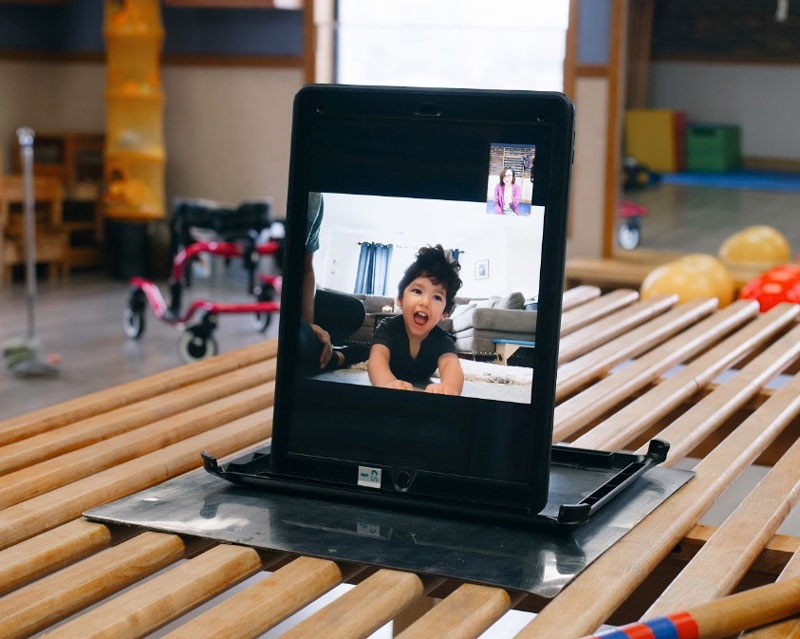
When the COVID-19 coronavirus health crisis closed the doors of Center for Independence our dedicated physical and occupational therapists, conductive education teachers and social worker opened their laptops, charged their smartphones and sprang into action! Our professional staff were ready to provide innovative, telehealth therapy services using social media outlets and video chat platforms!
Our hardworking staff immediately began (and continues!) to provide telehealth therapy services to more than 100 children and young adults with physical disabilities while our building is closed. To support the families during this pandemic, our therapy staff also developed home exercise programs and organized equipment lending for all families. We will continue providing telehealth therapy and social work services until Governor Pritzker declares it is safe for our doors to reopen.
Check out a short 90-second video of the talented Center staff delivering virtual PT, OT and CET services to children with physical disabilities:
During this time of crisis, people with cerebral palsy need access to vital healthcare services to breathe every breath, and step every step. The Center is using remote communication technologies to provide skilled healthcare intervention for those most at risk, so children and young adults with cerebral palsy stay active, remain healthy, and feel safe!
The Center fully understands the emotional and financial burden this crisis is having on our families. Our top priority is making sure that children and young adults with disabilities remain healthy and active. To help make that possible, the Center will not be charging families for telehealth therapy throughout the COVID-19 crisis.
The Center estimates that we will provide over $350,000 in charitable care teletherapy services to children and young adults with disabilities throughout the duration of our closure due to the pandemic.
How Can You Help?
You can change the lives of so many hardworking children and young adults with physical disabilities by making a donation. In this time of the unknown, you can make a difference in a way that works for you. If you donate now through June 1, 2020, your gift will be MATCHED by The Coleman Foundation up to $25,000!
Thank you for supporting the Center for Independence and the dedicated children and young adults we serve.
Announcing a New CFI Location
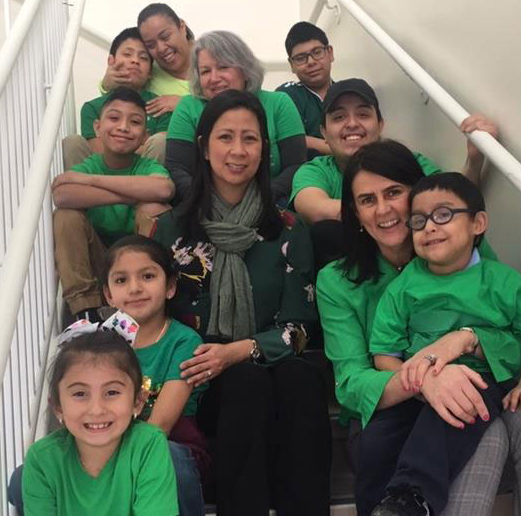
GRAND OPENING, JULY 17!
With the generous support of The Coleman Foundation and the community, the Center is thrilled to announce the opening of our new site located at 2701 W. 36th Pl., Chicago.
The space will include a large classroom and conference room for therapy programs, job training, parent education and community gatherings. Stay tuned for our grand opening in June!
Our heartfelt thanks to the talented staff of Studio 222 Architects, RTM Engineering, Bristol Design Group and John Lyle & Associates for donating so much of their time and expertise in making our new space a reality.
CFI Featured by Chicago Community Trust
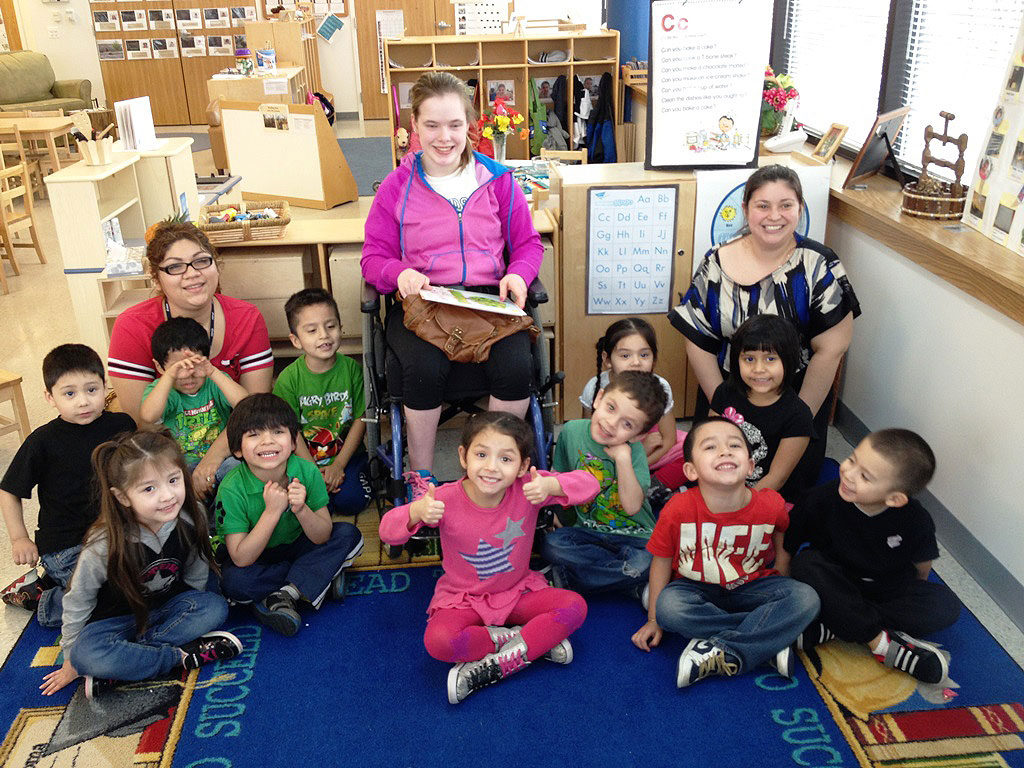
An article posted online by the Chicago Community Trust focuses how a person with a disability entering the workforce, biggest challenge can be simply getting in the door.
Closing the Employment Gap for Young Adults with Disabilities
Gina Schergen, Ani Hunt and Patti Herbst share their stories and insight on how increasing skills help prepare children and young adults for the workforce.
The Center works to match young adults with disabilities with professional opportunities that are often denied them. Teaching Together Chicago is an exciting employment program offered by the Center. Read the entire article.
10 Principles of Neuroplasticity: Part 1
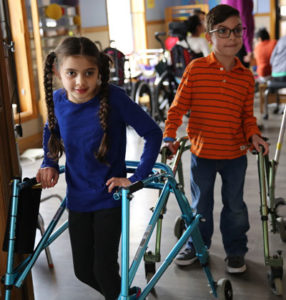 Neuroplasticity – What is it and why does it matter?
Neuroplasticity – What is it and why does it matter?
Neuroplasticity (or neural plasticity) is a buzzword that is often used to advertise particular therapies or techniques, so-called “gurus” of neuroplasticity, or products. In order to make educated decisions about what kind of therapy will be most beneficial for your child, and to use your family income wisely, best to really know what this word means and why you need to care about it.
In this three-part series, I’m first going to define what neuroplasticity is, and introduce ten principles of neuroplasticity. In the next two parts, I’ll go into greater detail with each principle to help you understand what activities and experiences will make the biggest difference as it relates to neuroplasticity. The information I’ll present to you is based largely on research summarized in this article, titled “Principles of Experience-Dependent Neural Plasticity: Implications for Rehabilitation After Brain Damage.”1 If you want to do a deep dive into this concept, reading the full article is a great place to start.
So first, allow me to define Neuroplasticity. The term is a mash-up of two words.
Neural: relating to the nervous system
Plasticity: the capacity to adapt or change
In other words, it refers to the brain’s ability to change itself. As the authors of the article put it, “neural plasticity is the mechanism by which the brain encodes experience and learns new behaviors. It is also the mechanism by which the damaged brain learns lost behavior in response to rehabilitation.” Neuroplasticity is the process in which the brain forms new neurons and lays down new connections between neurons, in response to learning, in order to form a pathway to repeat the learned behavior.
This video does a great job of explaining how neuroplasticity works, too.
Neuroplasticity is a relatively new concept. As recently as a few decades ago, it was believed that our brains were “hardwired” and what we could and couldn’t do was essentially fixed, especially after a certain age, and certainly after an injury to the brain. Good news – researchers have found that this is not true!
However: neural plasticity does not happen In a vacuum. It is experience dependent, and some experiences are going to make a bigger difference than others.
Here’s where it gets interesting! Allow me to introduce you to the ten principles of neuroplasticity, the factors identified as especially important in facilitating neuroplasticity in the context of brain injury.
- Use it or lose it
Failure to drive specific brain functions can lead to loss of abilities. - Use it and improve it
Training that drives a specific brain function can lead to improving abilities. - Specificity
The nature of the training experience dictates the nature of the change in the brain (plasticity). - Repetition matters
Change (plasticity) requires sufficient repetition. - Intensity matters
Change (plasticity) requires intensive training. - Time matters
Different forms of change (plasticity) in the brain happen at different times during training. - Salience matters
The training experience must be meaningful to the person in order to cause change (plasticity). - Age matters
Training-induced change (plasticity) occurs more readily in younger brains. - Transference
Change in function as a result of one training experience can even lead to learning other similar skills. - Interference
Brain changes (plasticity) that result in bad habits can interfere with learning good habits.
Stay tuned for Part 2!
1. Kleim, JA, Jones, TA. (2008). Principles of experience-dependent neural plasticity: Implications for rehabilitation after brain damage. Journal of Speech, Language, and Hearing Research, 51, S225-S239.
Loyola Magazine Article
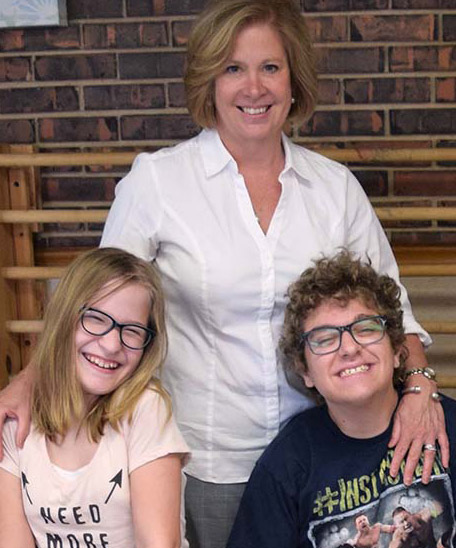 Recently the Center’s founder, Patti Herbst, was interviewed and featured in Loyola Magazine’s Alumni Voices. In the article, titled Giving kids what they need most, Patti shares her personal experience about when her son was born with cerebral palsy, and how she and her husband, Chuck, learned how to help him achieve independence. Her story tells how this discovery led her to help hundreds of other children with physical disabilities.
Recently the Center’s founder, Patti Herbst, was interviewed and featured in Loyola Magazine’s Alumni Voices. In the article, titled Giving kids what they need most, Patti shares her personal experience about when her son was born with cerebral palsy, and how she and her husband, Chuck, learned how to help him achieve independence. Her story tells how this discovery led her to help hundreds of other children with physical disabilities.
Here is an excerpt:
‘I’ve learned so much over the years through my work, and as a parent, about children with physical disabilities. Sometimes people have the misconception that these children aren’t happy, and as parents, all we want to do is make sure our children live full, happy lives. But children with cerebral palsy and other developmental disabilities are still first and foremost children—they are full of awe, wonder, joy, and laughter. And people with disabilities are just as happy as anyone else.’
